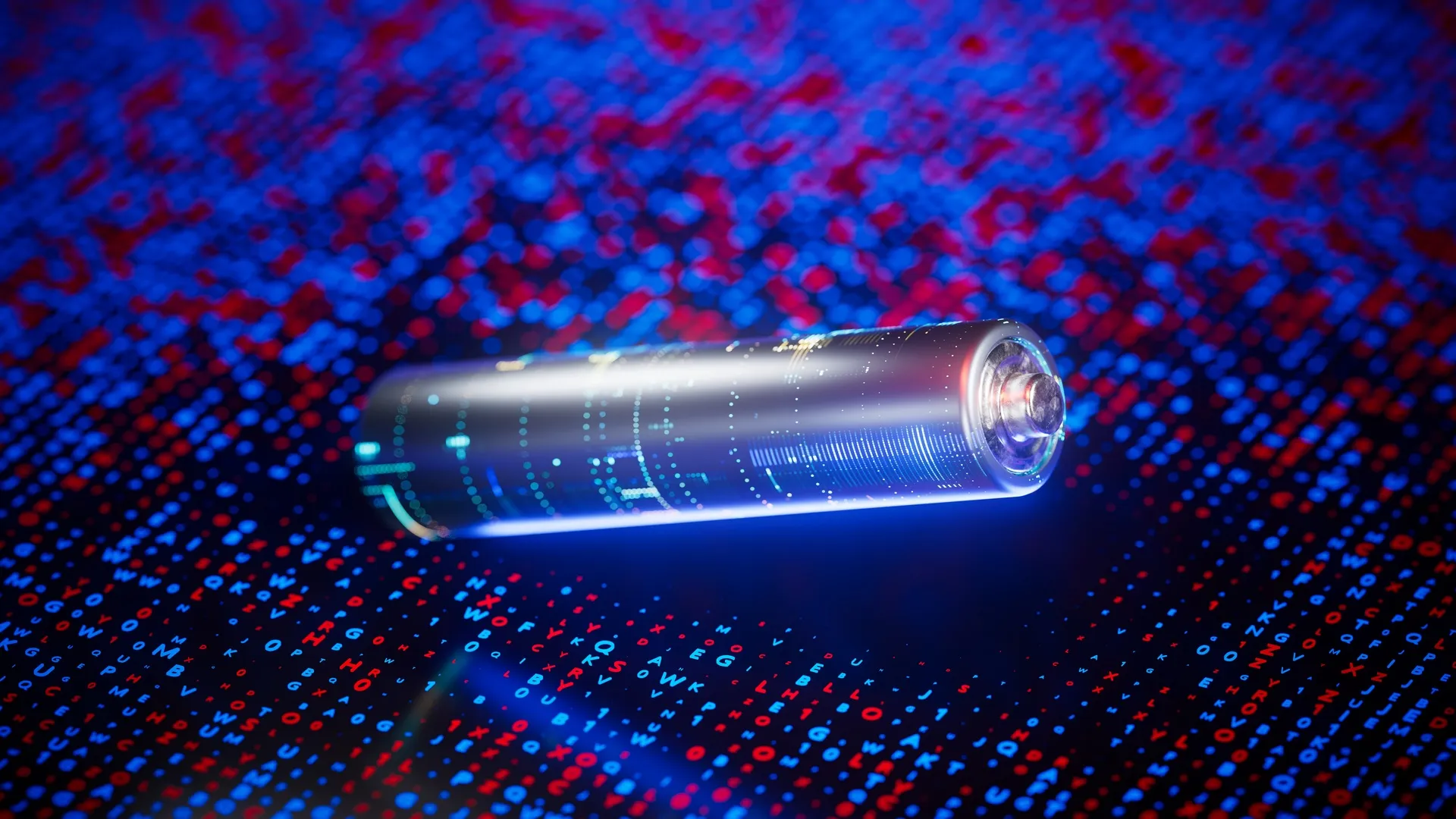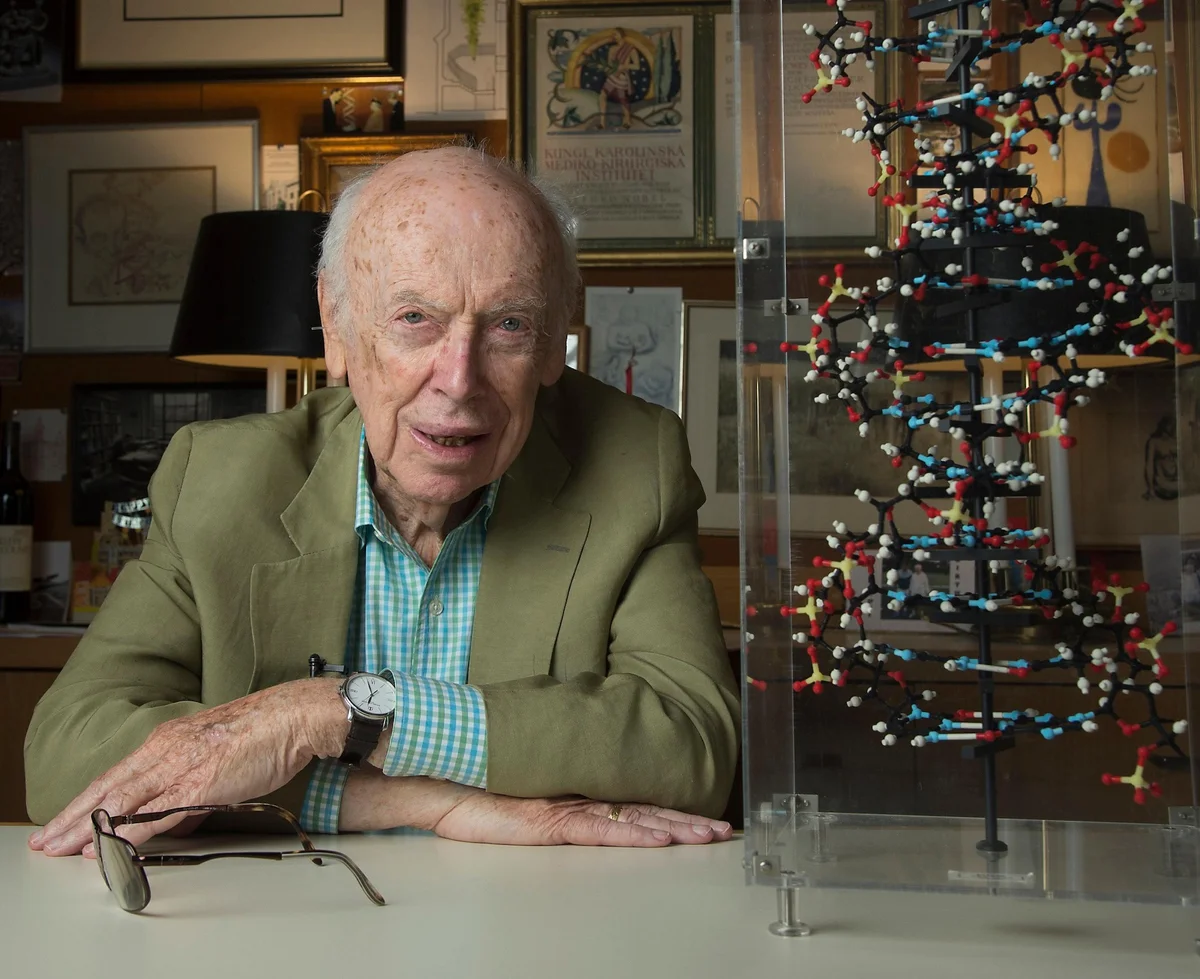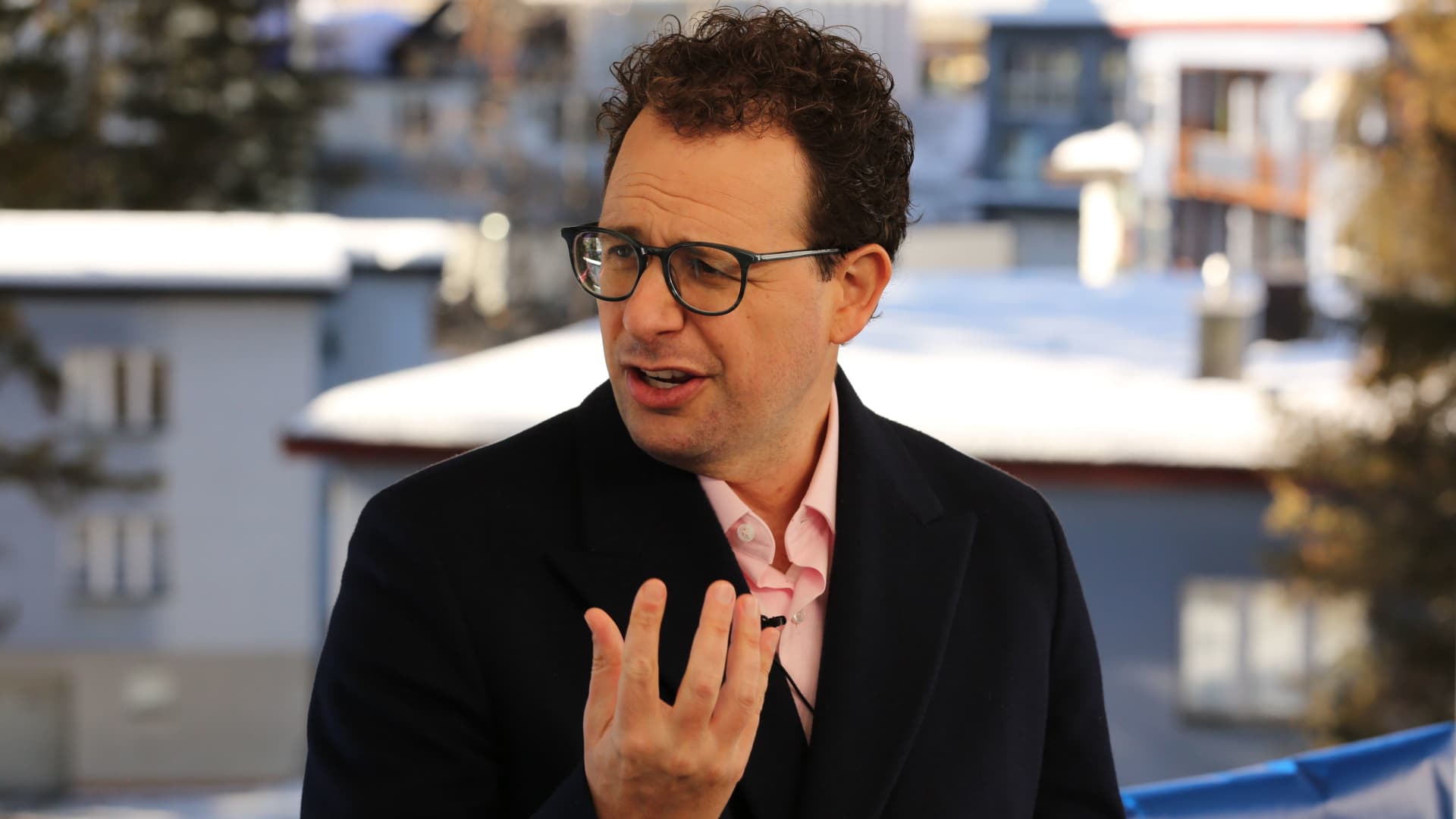Copyright Interesting Engineering

A major stride in battery science has unlocked a pathway that could accelerate solid-state innovation. A team, co-led by engineers at the University of California, San Diego, has unveiled a strategy that could push next-generation solid-state batteries toward real-world performance. Their work centers on reshaping the behavior of metal alloy negative electrodes and unlocking faster and more stable lithium transport within them. The researchers focused on lithium aluminum alloys and examined how lithium ions navigate two internal phases, known as the lithium-rich beta phase and the lithium-poor alpha phase. Each phase behaves like a separate landscape for ion travel with very different consequences for battery speed and durability. By changing the ratio of lithium to aluminum, the team tuned how much of the alloy shifted into the fast-moving beta phase. That shift turned out to be the key to unlocking dramatic improvements. Faster paths revealed The experiments showed that the beta phase created supercharged pathways where lithium ions could move up to ten billion times faster than through the sluggish alpha phase. These beta-rich alloys also formed denser and more stable electrode structures, which enhanced the interface between the electrode and the solid electrolyte. In practical tests, the researchers built batteries using electrodes enriched with the beta phase. These cells maintained high charge and discharge rates and preserved capacity over two thousand cycles, which is a strong performance marker for solid-state systems still fighting major durability challenges. According to the team, this is the first time anyone has directly linked the internal distribution of the beta phase to lithium diffusion behavior in lithium aluminum alloys. The insight gives battery scientists a new lever for designing alloy-based electrodes with more energy storage, improved stability, and real potential for fast charging. A roadmap for progress The study was led by Zheng Chen and Yuju Jeon from the UC San Diego Jacobs School of Engineering, with collaborators at UC Irvine, UC Santa Barbara, and LG Energy Solution. The authors say the discovery does more than offer a promising material tweak. It opens an entirely new framework for controlling alloy behavior inside solid-state batteries. By manipulating phase distribution, engineers can craft internal ion highways rather than relying on chance material behavior. That control could shorten development timelines for high-performance cells and guide the next wave of alloy-based electrodes that power electric vehicles of the future. The team notes that the work was supported by the LG Energy Solution UC San Diego Frontier Research Laboratory, which focuses on pushing solid-state battery science toward commercial readiness. As solid-state batteries continue to take center stage in the energy storage race, results like these carry weight because they help bridge the gap between elegant laboratory chemistry and practical electric vehicle performance. The study appeared in the journal Nature Communications.



